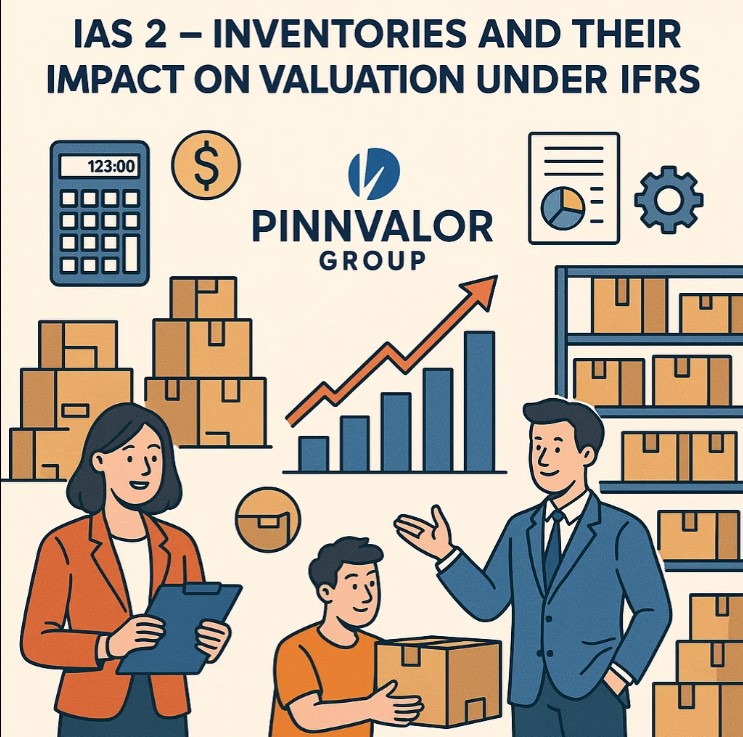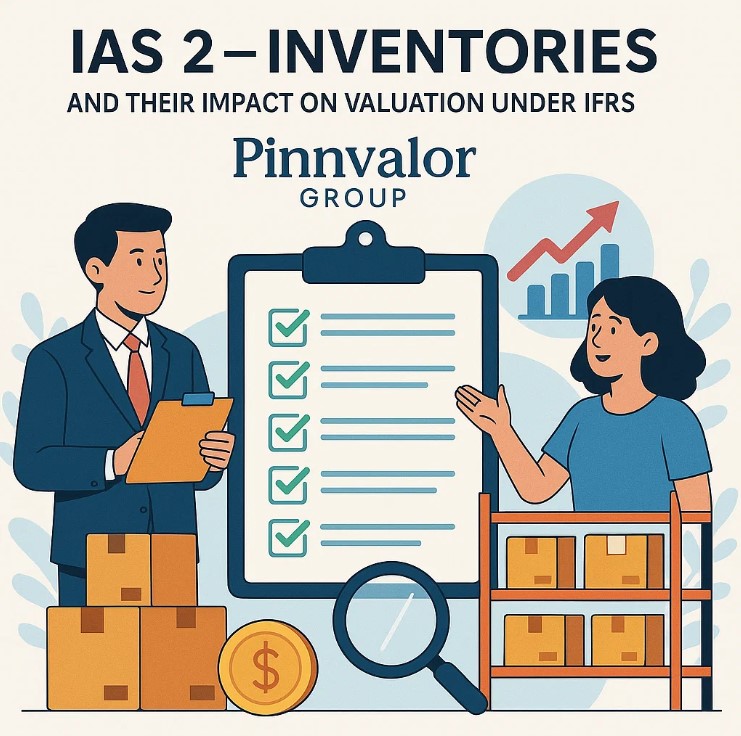
IAS 2 – Inventories and Their Impact on Valuation under IFRS
In the world of financial reporting, the way a company values and accounts for its inventories can significantly affect its financial performance, position, and even investor perception. The International Accounting Standard (IAS) 2 – Inventories under the IFRS framework outlines the rules for inventory valuation, ensuring consistency, transparency, and comparability across entities and jurisdictions.
This blog explores the core principles of IAS 2, the valuation methods permitted, and how inventory accounting affects key financial metrics and business decisions.
How does IAS 2 inventory valuation shape the true picture of your financial health?
Overstated inventory boosts profits, understated inventory hides potential.
What Is IAS 2?
IAS 2 – Inventories is an accounting standard issued by the International Accounting Standards Board (IASB). It provides guidance on the measurement, recognition, and disclosure of inventories, which are a significant component of current assets for most businesses.
Inventories Include:
- Finished goods held for sale
- Work-in-progress (WIP)
- Raw materials and supplies
- Inventory held for service provision
Measurement of Inventories
Under IAS 2, inventories are measured at the lower of cost and net realizable value (NRV).
1. Cost of Inventories
Inventory cost includes:
- Cost of purchase: Purchase price, import duties, taxes (excluding recoverable taxes), transport, and handling
- Cost of conversion: Direct labor and systematic allocation of fixed and variable production overheads
- Other costs: Only if they bring inventory to its present location and condition
Excluded Costs:
- Abnormal waste
- Storage costs (unless necessary for production)
- Administrative and selling expenses
- Interest (unless eligible under IAS 23)
2. Net Realizable Value (NRV)
NRV is the estimated selling price in the ordinary course of business less costs of completion and selling.
Cost Formulas Under IAS 2
IAS 2 permits two methods for assigning cost to inventories:
- First-In, First-Out (FIFO)
- Weighted Average Cost
Note: LIFO (Last-In, First-Out) is not allowed under IFRS.
For unique items, the specific identification method is used.
Impact of Inventory Valuation on Financial Statements
1. Profit & Loss (P&L)
- Overstated inventory values reduce COGS and increase profit.
- Understated inventory raises COGS and lowers profit.
2. Balance Sheet
Inventories are reported as current assets. Misstatements affect working capital and liquidity ratios.
3. Cash Flow
Inventory purchases impact operating cash flow. Excess inventory reduces available cash.
4. Key Ratios Affected
- Gross Margin – impacted by COGS
- Current Ratio – includes inventory in current assets
- Inventory Turnover – overvaluation lowers turnover
- Return on Assets (ROA) – inflated assets reduce ROA

Disclosure Requirements Under IAS 2
Entities must disclose:
- Accounting policies used
- Total carrying amount and classifications
- Amount of inventory recognized as expense
- Write-downs to NRV and reversals
- Inventory pledged as security
Relevance in a Global Context
IAS 2 ensures consistent inventory treatment globally. It helps:
- Multinational corporations consolidate financials
- Investors compare financials internationally
- Auditors and regulators evaluate compliance
Best Practices for Inventory Valuation Under IFRS
- Maintain accurate inventory records
- Regularly assess NRV, especially for slow-moving goods
- Apply cost formulas consistently (FIFO or weighted average)
- Perform periodic physical inventory counts
- Document and review write-downs and reversals
Conclusion
IAS 2 – Inventories is a fundamental standard for entities reporting under IFRS. It guides businesses in valuing one of their key current assets and ensures their financial statements reflect reality. Proper application of IAS 2 strengthens financial integrity, enhances transparency, and aids in strategic business decisions.
By understanding and implementing IAS 2 effectively, companies can not only meet compliance but also build credibility and trust with investors, regulators, and global stakeholders.
